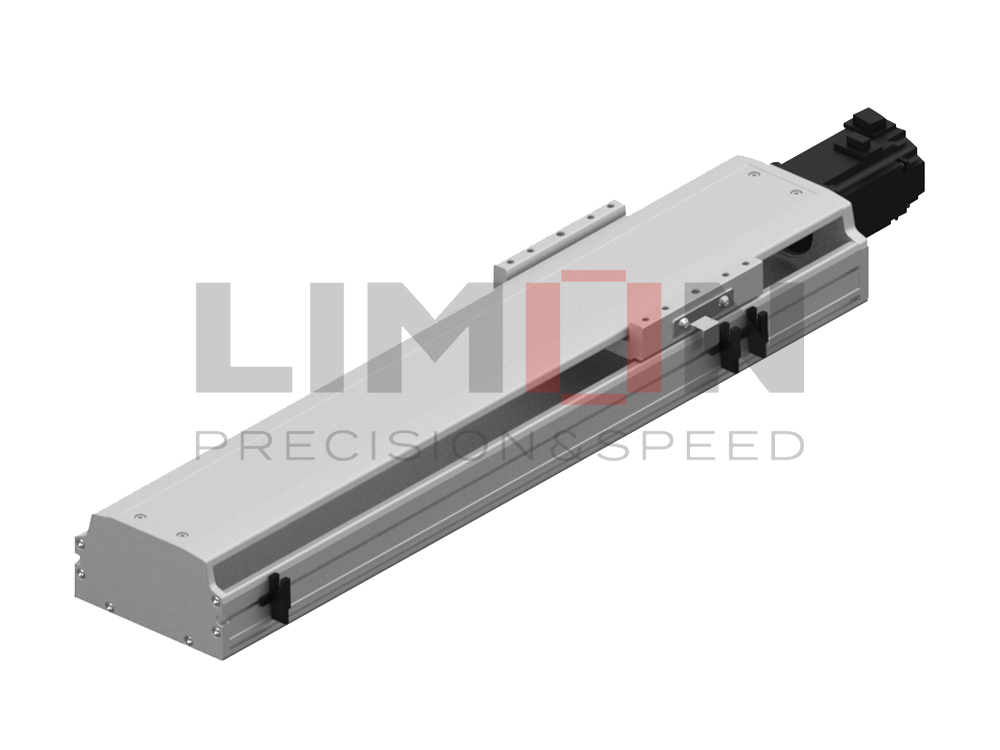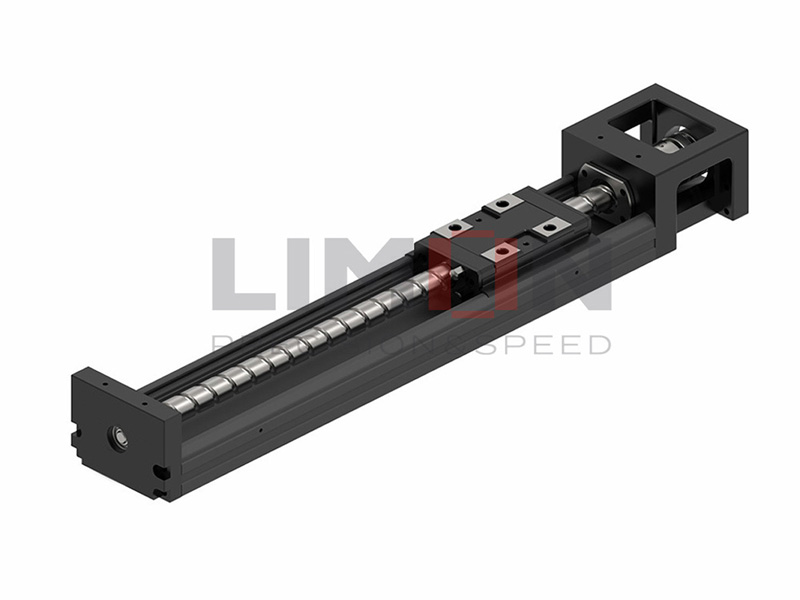Key Material Properties Affecting Ball Screw Performance
The properties of materials used in ball screws—including tensile strength, wear resistance, and thermal stability—are crucial. I often emphasize that selecting materials with high tensile strength prevents deformation under heavy loads, ensuring smooth and efficient operation.
Carbon Steel vs. Stainless Steel: A Performance Perspective
A common question I encounter is whether to use carbon steel or stainless steel for ball screws. From my experience, carbon steel is ideal for high-load applications due to its strength and affordability. However, when it comes to environments prone to moisture or chemicals, stainless steel shines with its excellent corrosion resistance. Choosing the right material can mean the difference between reliability and frequent replacements.
Enhancing Performance with Surface Treatments
Surface treatments and coatings can dramatically enhance ball screw performance. Techniques like nitriding or PVD (Physical Vapor Deposition) improve wear resistance and reduce friction. I’ve observed that these treatments lead to smoother operations and lower energy consumption, especially in high-speed applications. Investing in quality coatings often pays off in long-term operational efficiency.
Custom Alloys: Tailoring to Specific Needs
In specialized applications, custom alloys can provide significant advantages. These materials can be engineered to meet specific requirements, such as extreme temperatures or high loads. I’ve utilized custom alloys to overcome unique challenges, resulting in improved performance. When standard solutions fall short, custom materials can be the key to success.
Load and Speed: Essential Considerations
Understanding the load and speed requirements of your application is crucial for selecting materials for ball screws. High-load scenarios require materials with superior tensile strength, while high-speed applications demand materials that can withstand heat without deforming. This knowledge has been invaluable in my material selection process.
Cost vs. Performance: Finding the Right Balance
Lastly, it’s essential to balance cost with performance when choosing materials for ball screws. While premium materials often offer better performance, they come with higher price tags. I’ve learned to weigh the benefits of durability and efficiency against budget constraints. Ultimately, the right material choice can lead to long-term savings by reducing maintenance and downtime.
Conclusion
In conclusion, the impact of material selection on ball screw performance is significant. From understanding material properties to considering coatings and custom alloys, every decision is crucial for optimizing your ball screw applications.




